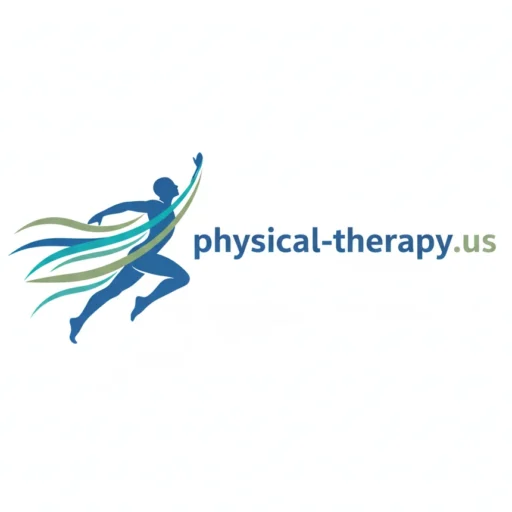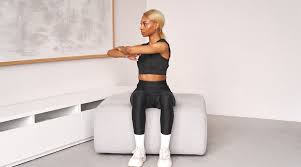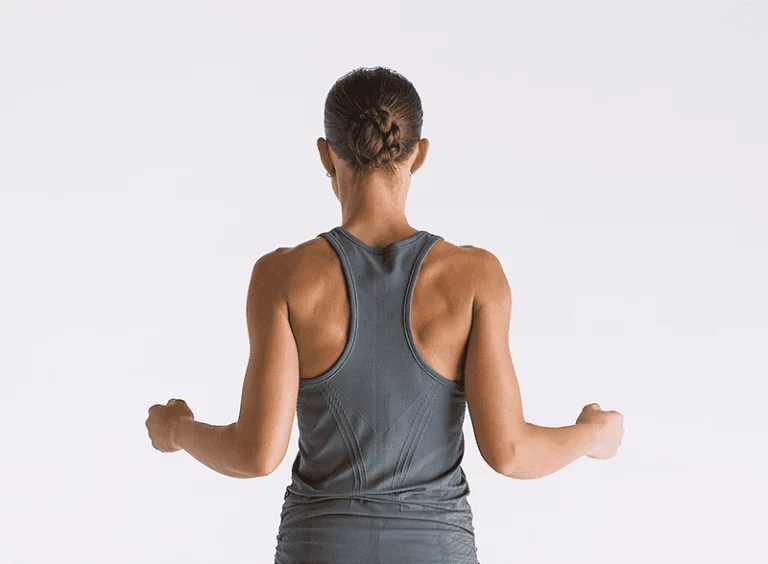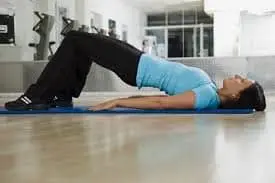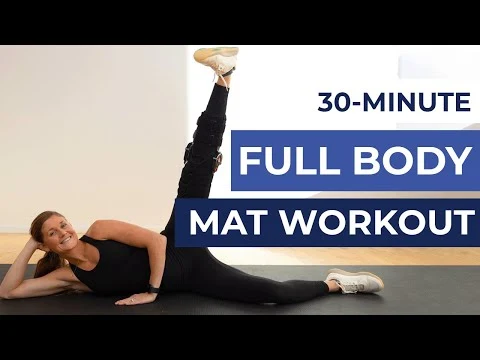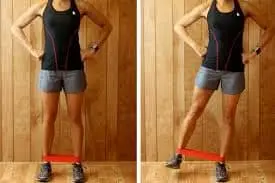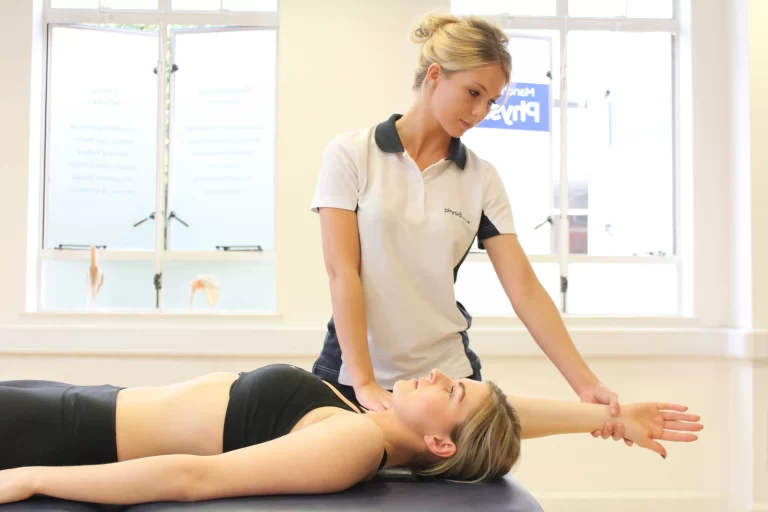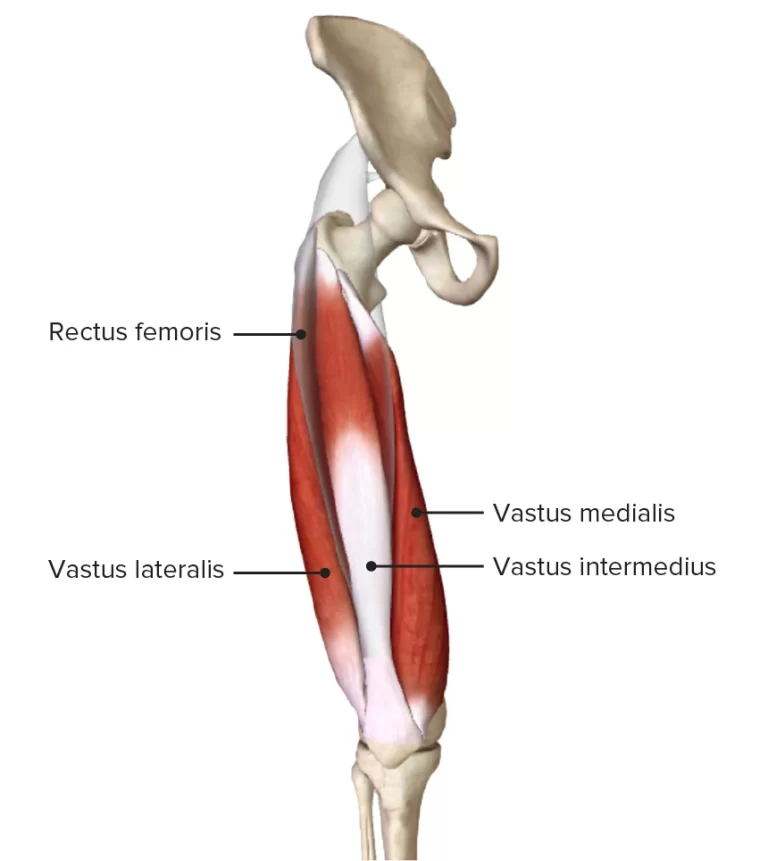Top 12 Desk Stretches for Better Posture & Stress Relief
Introduction:
Long periods of desk work can be stressful on your body, resulting in stiffness, bad posture, and elevated stress levels. Your productivity and general well-being may suffer as a result of having tension in your neck, shoulders, and back over time.
You can improve your posture, increase circulation, and relax tense muscles by including easy desk stretches into your regular practice. We’ll go over the Top 12 Desk Stretches for Better Posture & Stress Relief in this video, which you can do at your desk to remain calm, energized, and pain-free throughout the day.
Benefits of Desk Stretches for Better Posture & Stress Relief:
Frequent desk stretches have several mental and physical advantages that can significantly improve your general health, particularly if you work long hours in front of a computer. By releasing tense muscles in the neck, shoulders, and back, these stretches help people avoid the slumped posture that many people develop when they sit.
Additionally, they improve blood circulation, which keeps your body energetic and alert by reducing fatigue and stiffness. Stretches at the desk can greatly ease tension and stress, encouraging calm and enhancing concentration all day long.
Stretching regularly can also help you avoid chronic pain, increase your flexibility, and improve your energy levels over time, which will make it easier and more comfortable for you to work.
Top 12 Desk Stretches for Better Posture & Stress Relief Video:
Top 12 Desk Stretches for Better Posture & Stress Relief:
Neck Side Stretch:
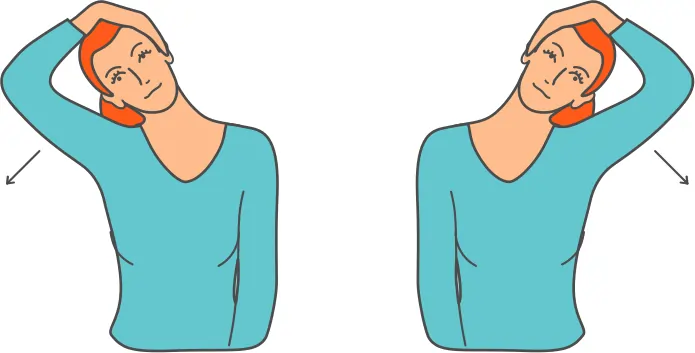
For people who spend a lot of time at a desk or staring at a computer screen, the neck side stretch is a great technique to release accumulated tension in the neck and shoulder area. Sit or stand up straight, with your shoulders relaxed and your spine straight, to complete this stretch. Bring your ear close to your shoulder without raising it by slowly tilting your head to one side.
The opposing side of your neck and upper shoulder should feel somewhat stretched. You can apply light pressure with your palm on the side of your head for a deeper stretch, but don’t push too hard.
This easy exercise promotes better posture, reduces muscle tightness, and increases neck flexibility. Frequent neck side stretches can also improve general comfort during extended workdays and lower the risk of tension headaches.
Chest Opener:
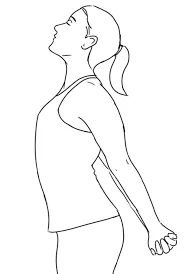
The rounded shoulder posture frequently resulting from prolonged computer sitting can be effectively countered with the chest opening stretch. To do this stretch, interlace your fingers behind your back while sitting or standing upright.
As you open your chest and bring your shoulder blades together, slowly raise your hands a little higher and straighten your arms. Avoid arching your lower back and keep your chin gently tucked in. To experience a wide stretch across your shoulders and chest, hold this position for 20 to 30 seconds while taking deep breaths.
This exercise relieves stiffness in the chest and front shoulder muscles caused by extended sitting or typing, improves posture, and increases upper body flexibility.
Shoulder Rolls:
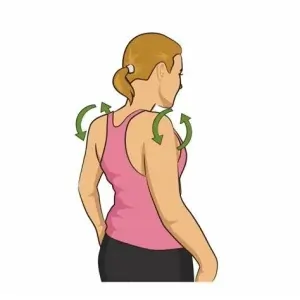
A simple yet effective stretch for releasing tension and stiffness in the shoulders and upper back caused by prolonged sitting is the shoulder roll. Sit or stand upright and keep your arms at your sides to perform this stretch. Roll your shoulders slowly in a circle, first up toward your ears and then back down.
After eight to ten repetitions of this motion, switch directions. Throughout, concentrate on deep breathing and deliberate, gradual motions. By opening up the chest and relieving tension in the neck and upper back, shoulder rolls assist in increasing blood flow, relaxing tense muscles, and encouraging better posture.
Seated Spinal Twist:
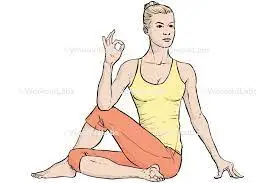
A great stretch for increasing spinal mobility and releasing tension in the oblique, upper, and lower back muscles is the seated spinal twist. Sit upright in your chair with your back straight and your feet flat on the floor to complete this stretch.
Put your left hand on your right leg and your right hand on the chair’s back. With your hips facing front, slowly rotate your upper body to the right. Breathe deeply while you hold the stretch for 20 to 30 seconds, then slowly go back to the center and repeat on the opposite side.
This action promotes improved posture and flexibility in your torso and back, realigns the spine, and eases the stiffness that comes with extended sitting.
Hip Flexor Stretch:
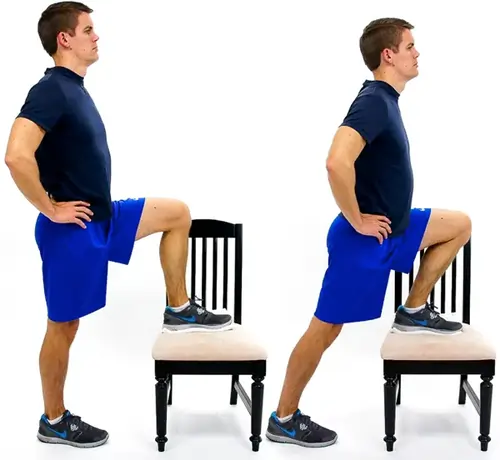
To relieve tightness in the front of your hips, which frequently results from prolonged sitting, you must perform the hip flexor stretch. This stretch is done by standing up and taking a slight step back with your right foot while maintaining a 90-degree bend in your left knee.
Stretch the front of your right hip and thigh by gently pushing your hips forward. To prevent arching your lower back, maintain an erect chest and a tight core. After 20 to 30 seconds of holding this position, switch sides. This stretch can also be done with your chair for balance or next to your desk.
Stretching the hip flexors regularly helps to improve posture, ease lower back pain, and increase hip flexibility after extended periods of sitting.
Chest Expansion Stretch:
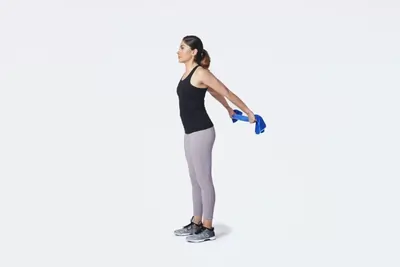
An efficient technique for opening up the chest and preventing the rounded shoulders that frequently come from prolonged sitting or desk work is the chest expansion stretch. Sit or stand tall, with your shoulders relaxed and your spine straight, to complete this stretch.
Pull your shoulder blades together, straighten your arms, and gently raise your hands away from your body while holding them behind your back. To feel the stretch over the front of your shoulders and chest, open your chest and take deep, deliberate breaths. Hold the pose for 20 to 30 seconds, then let go gradually.
By opening up the chest, this stretch facilitates better breathing, better posture, and increased upper body flexibility.
Wrist Flexor Stretch:
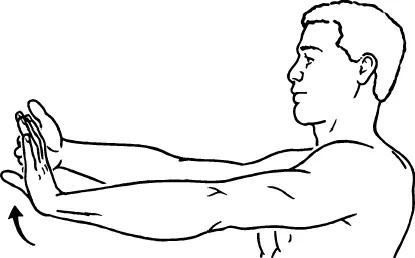
If you spend a large portion of your day typing or using a mouse, the wrist flexor stretch is perfect for releasing tension and stiffness in your wrists and forearms. With your palm facing up, raise one arm straight in front of you to perform this stretch.
Stretch the underside of your forearm by gently grabbing your fingers with your other hand and drawing them back toward your body. Throughout the exercise, maintain a relaxed posture and a straight elbow. This stretch relieves tension caused by prolonged desk or computer use, increases wrist flexibility, and prevents strain or carpal tunnel syndrome.
Wrist Extensor Stretch:
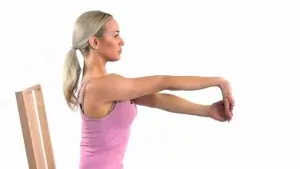
Long-term typing or mouse use can cause stress in the top of your forearm and wrist, which can be released with the help of the simple yet powerful wrist extensor stretch. With your palm facing down, raise one arm straight in front of you to complete this stretch. With your elbow straight, use your other hand to gently draw the fingers of the outstretched hand down and toward your body. The top of your forearm should feel stretched.
After 20 to 30 seconds of holding this position, switch sides. Frequent wrist extensor stretches assist in increasing wrist flexibility, reducing pain, and avoiding repetitive strain injuries that are frequently linked to desk jobs.
Cross Body Shoulder Stretch:
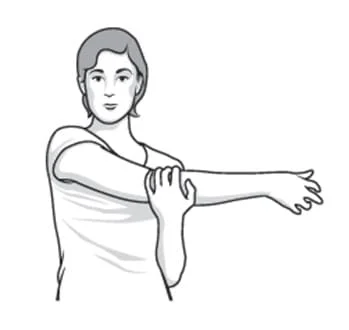
To relieve tension and tightness in the shoulders and upper back, try the cross-body shoulder stretch. Sit or stand tall, with your shoulders relaxed and your spine straight, to complete this stretch. With your shoulders relaxed and down, bring your right arm across your chest at shoulder height.
Then, using your left hand, gently press your right arm closer to your chest. Breathe deeply while holding the stretch for 20 to 30 seconds, then swap sides. This stretch opens up the muscles in the upper back and shoulders, which helps to improve posture, reduce stiffness from extended sitting or computer use, and increase shoulder flexibility.
Toe Touch Stretch:
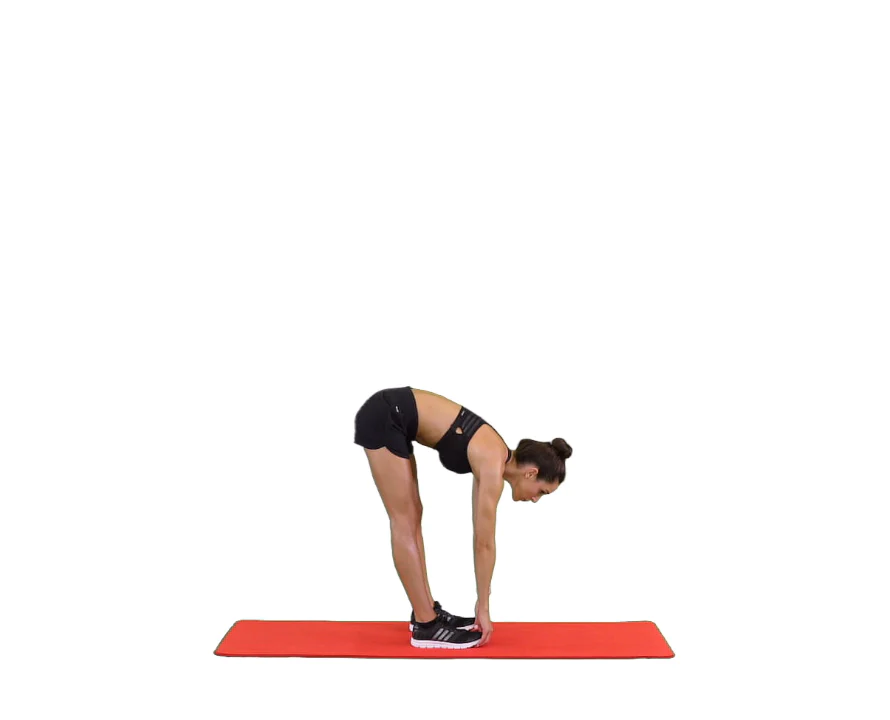
A traditional exercise for increasing hamstring, lower back, and calf flexibility and releasing tension from extended sitting is the toe touch stretch. Standing with your feet hip-width apart, slowly bend forward at the hips and reach for your toes to complete this stretch. If necessary, keep your knees slightly bent to prevent lower back tension.
As you reach down and feel a light stretch down the back of your legs and spine, let your head and neck unwind. To improve the stretch, hold this position for 20 to 30 seconds while taking deep breaths. Doing the toe touch stretch regularly promotes better posture, lessens lower back tightness, and increases general flexibility.
Shoulder Blade Squeeze:
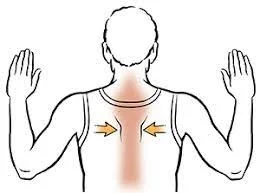
For people who spend a lot of time sitting at a computer, the shoulder blade squeeze is a quick and easy way to strengthen their upper back and enhance their posture. Sit or stand tall, with your shoulders relaxed and your spine straight, to complete this exercise.
Pull your shoulder blades together and back gently, like you’re holding a pencil between them. When you squeeze, keep your shoulders down and away from your ears. After holding the pose for 5–10 seconds, let go and do it 8–10 times. This stretch counteracts rounded posture, improves spine alignment, and eases tension in the shoulders and upper back.
Ankle Circles:
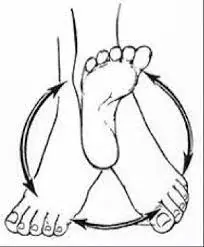
Ankle circles are a quick and easy workout that can help with blood circulation, ankle mobility, and stiffness after extended sitting. Sit in a chair with your feet raised just a little bit off the ground to do this stretch.
Make eight to ten slow clockwise rotations with one ankle, then switch to a counterclockwise rotation. Do the same with the opposite ankle. Focus on releasing the joint rather than speed, and keep the movement constant and under control.
Doing ankle circles regularly promotes improved circulation and flexibility in the lower body, helps avoid stiffness, and lowers the risk of ankle injuries.
Conclusion:
Your comfort, flexibility, and general well-being can all be greatly improved by including these Top 12 Desk Stretches for Better Posture & Stress Relief into your daily routine. You can relieve tension, enhance posture, and lessen the physical and emotional strain that comes with extended sitting by setting aside a short period of time each day for stretches such as neck side stretches, shoulder rolls, spine twists, chest openers, and wrist or ankle exercises.
The secret is consistency: doing these stretches regularly improves mobility, increases circulation, prevents stiffness, and keeps you feeling alert and focused throughout the workday. Your body will thank you with increased comfort, flexibility, and better posture if you make these stretches a regular habit.
FAQs
Which twelve strategies can you use to manage stress?
To cope with stress, you can take care of yourself by exercising, eating well, and getting enough sleep; you can be mindful by using methods like deep breathing and meditation; you can connect with your support system by spending time with loved ones; you can use relaxation methods like yoga or aromatherapy; and you can manage your lifestyle by establishing boundaries, scheduling your time, and engaging in hobbies.
Is it healthy to sleep naked?
Indeed, many people can benefit from sleeping naked since it helps control body temperature, which can improve the quality of their sleep. Intimacy, reproductive health, skin health, and self-esteem may all be enhanced by it. Nonetheless, it’s critical to keep the sleeping space tidy by routinely washing the bedding, and room temperature and personal choice are also significant considerations.
Which four stretching rules apply?
The four essential rules of stretching safely are to avoid pain, stretch slowly, stretch the right muscle, and engage only the muscles and joints that are required.
Which three muscles require the most stretching?
The thought of stretching every day may seem daunting to someone with a muscular body. The lower extremities—your calves, hamstrings, hip flexors in the pelvis, and quadriceps in the front of the thigh—are the most crucial body parts to concentrate on for mobility.
Which sleeping position is best for posture?
Supporting the natural curvature of your spine by sleeping on your side or back with supportive pillows is the greatest method to sleep for posture. Maintaining a neutral spine can be achieved by sleeping on your back with a pillow beneath your knees or a little roll beneath your lower back. To keep your spine in alignment when you sleep on your side, put a pillow between your knees. Because it puts tension on your neck and spine, sleeping on your stomach is not advised for excellent posture.
Which workouts help people decompress?
Exercises that reduce stress include mind-body techniques like yoga and tai chi, which mix movement, meditation, and deep breathing, as well as physical activities like dancing, swimming, or walking that produce endorphins and elevate mood. Simple methods for rapidly reducing tension can also be performed anywhere, such as the figure-four stretch, gradual muscle relaxation, and mindful breathing.
Are desk workouts a stress reliever?
In addition, a sedentary lifestyle raises your chances of diabetes, obesity, colon cancer, heart disease, high blood pressure, anxiety, and depression. Nonetheless, performing a few easy desk exercises during the day could aid with pain relief, stress reduction, and productivity enhancement.
Which four major stretches are there?
Although ballistic, passive, and isometric stretches are occasionally included in this list, the four primary kinds of stretching are static, dynamic, active, and PNF (Proprioceptive Neuromuscular Facilitation). Active stretching used the contraction of a muscle to stretch, dynamic stretching requires movement, static stretching maintains a position to lengthen a muscle, and PNF entails contracting and relaxing the muscle to enhance range of motion, frequently in conjunction with a partner.
How can one get better posture the quickest?
Daily posture-correcting exercises like chin tucks and scapular squeezes should be combined with improved ergonomic practices like usesing back support, adjusting positions frequently, and maintaining a computer monitor at eye level. Maintaining proper posture demands retraining your muscles and increasing your awareness of the alignment of your body, so consistent effort is essential.
Does stretching for 20 minutes a day suffice?
It can take a lot of time to stretch. However, stretching frequently—at least two or three times per week—will yield the greatest advantages. Stretching for even five to ten minutes at a time might be beneficial. You run the risk of losing the potential advantages if you neglect to stretch regularly.
How can I sit at my desk more erect?
Select a chair that provides back support. Make sure your feet are flat on the floor by adjusting the chair’s height. Alternatively, position your thighs parallel to the floor by using a footrest. If the chair has armrests, place your arms on them gently, keeping your shoulders relaxed and your elbows close to your body.
References:
- The Healthline Editorial Team. (2023, September 29). Stretches to do at work every day. Healthline. https://www.healthline.com/health/deskercise
- Tan, Z. (2025, July 16). 13 Easy desk stretches to do for better posture. 300Hours. https://300hours.com/desk-stretches/
- The 12 best office stretches to relieve stress and tension. (2024, August 9). Bloon Paris. https://bloon-paris.fr/en-eu/blogs/actif/etirements-bureau?pb=0&srsltid=AfmBOoqH0LMeW-L9ebLd4odIcR1f2kL8VbPdgdg-v-ykFYyeRNc4ieG4
- Cronkleton, E. (2025c, April 14). 12 exercises to improve your posture. Healthline. https://www.healthline.com/health/posture-exercises
- Desk, T. L. (2025b, June 21). 12 easy desk exercises to relieve office strain and boost posture during work hours. The Times of India. https://timesofindia.indiatimes.com/life-style/health-fitness/fitness/12-easy-desk-exercises-to-relieve-office-strain-and-boost-posture-during-work-hours/articleshow/121992955.cms
